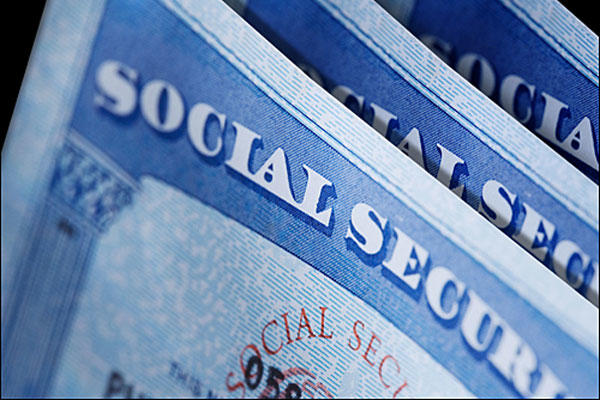Know your benefits and how they fit into your overall retirement strategy.
Last fall, the folks at the Social Security Administration decided to once again send out paper benefit statements. Did you even notice they had stopped?
There are some differences this time around. Now, you'll only get statements at five-year intervals (ages 25, 30, 35, etc.), and if you've set up an online my Social Security account, you won't get a statement in the mail at all.
Whether you're looking at the old-school paper statement or the new-school digital version, the change gives you one more reason to think about Social Security -- and retirement.
Here are four things to consider about Social Security:
- Get your statement anytime at ssa.gov. I did this before the latest announcement. It's easy and convenient, so take a look. I've long encouraged younger folks to plan as if there won't be any Social Security. (OK, you caught me. That's a tricky way to encourage you to save more.) But, it's still nice to know how it fits into your plan.
- Check your earnings. Of course, Social Security benefits are based on your income, so it's important to verify the government has the right number. The paper statement and online access allow you to do just that.
- Benefit your survivors. Social Security can play an important role for your family if something happens to you or your spouse. Any idea how much your family would receive in survivor benefits? It's in the statement.
- Follow the call to save. Remember, according to the Social Security website, the retirement benefits are designed to replace 40% of income for people with "average earnings." The more you earn, the less Social Security replaces. So, it's up to you to contribute to the Thrift Savings Plan, set up an IRA and just plain save for retirement to cover the rest.
Sure, retirement and Social Security may seem like a distant dot on the horizon, but hopefully your statement will provide a reminder that now is the time to start planning.
My hope is to get you thinking and acting on your retirement more than once every five years.






